Yala Peak, with its impressive height of 5,732 meters, presents an inviting challenge for climbers of all levels in the stunning Langtang region. Over an 11-day journey, adventurers traverse breathtaking landscapes and witness unique wildlife within Langtang National Park. The structured itinerary ensures climbers acclimatize effectively while learning essential skills from seasoned guides. While the trek fosters a sense of community, it also raises questions about the preparation needed for such an ascent. What should climbers know before embarking on this memorable Himalayan adventure?
Key Points
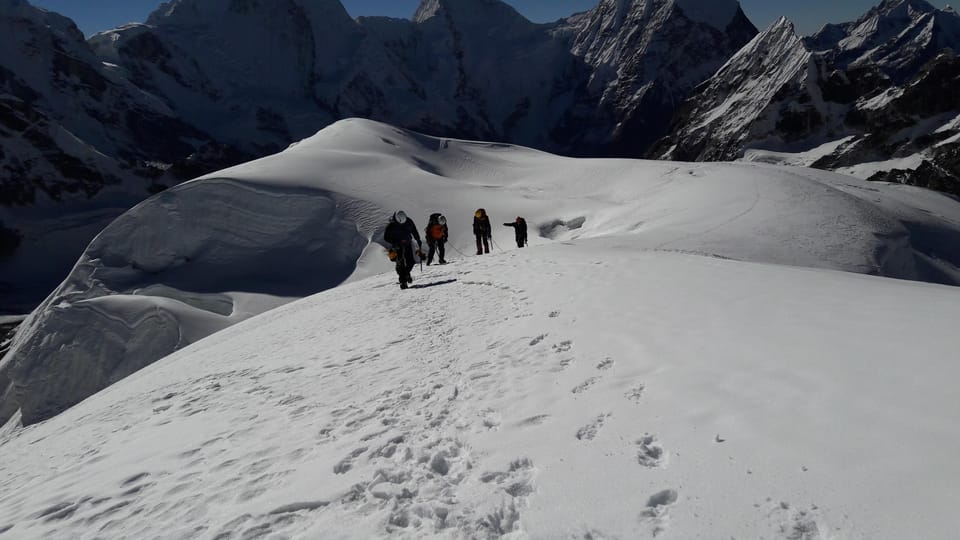
- Yala Peak, standing at 5,732 meters, offers accessible climbing experiences suitable for varying skill levels in Langtang Valley.
- The trek includes an 11-day itinerary, balancing acclimatization and trekking with a summit attempt planned for the seventh day.
- Acclimatization at Kyanjin Gompa, including a hike to Tsergo RI, is crucial to reduce altitude sickness risk.
- Experienced guides provide essential technical skills, ensuring safety and fostering camaraderie among climbers throughout the journey.
- All necessary permits, meals, and comfortable accommodations are included, while international airfare and personal expenses are not covered.
Overview of Yala Peak
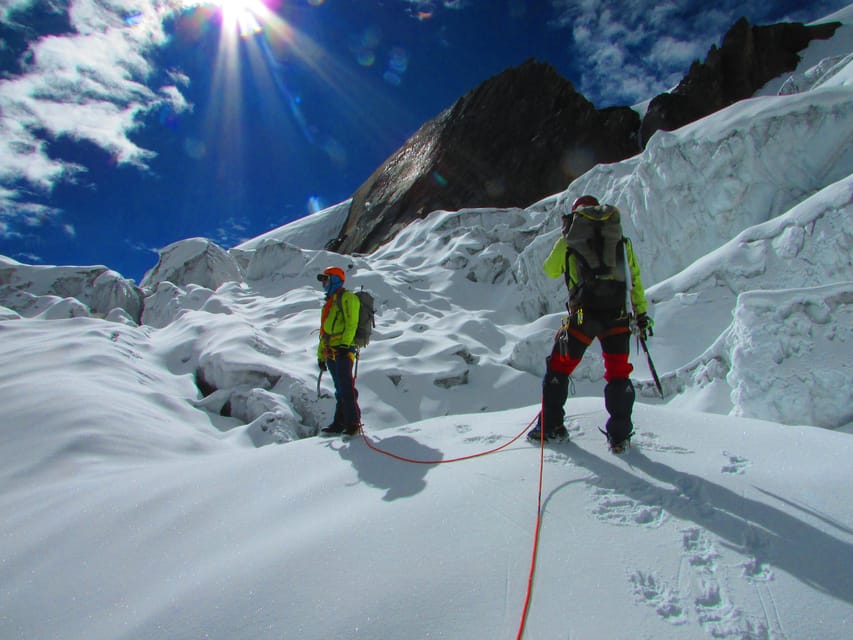
Yala Peak, standing at 5,732 meters in the stunning Langtang Valley, offers an accessible yet thrilling climbing experience for adventurers seeking breathtaking Himalayan views.
Nestled north of Kathmandu, this peak is perfect for climbers of varying skill levels, providing a unique blend of challenge and beauty.
The journey through Langtang National Park showcases diverse landscapes, from lush forests to rugged terrain, making every step an adventure.
Climbing Yala Peak allows participants to enjoy the rich culture of the region while witnessing incredible wildlife, including elusive snow leopards and red pandas.
With a well-structured itinerary and experienced guides, Yala Peak invites explorers to conquer its heights and create unforgettable memories in the heart of the Himalayas.
Detailed Itinerary
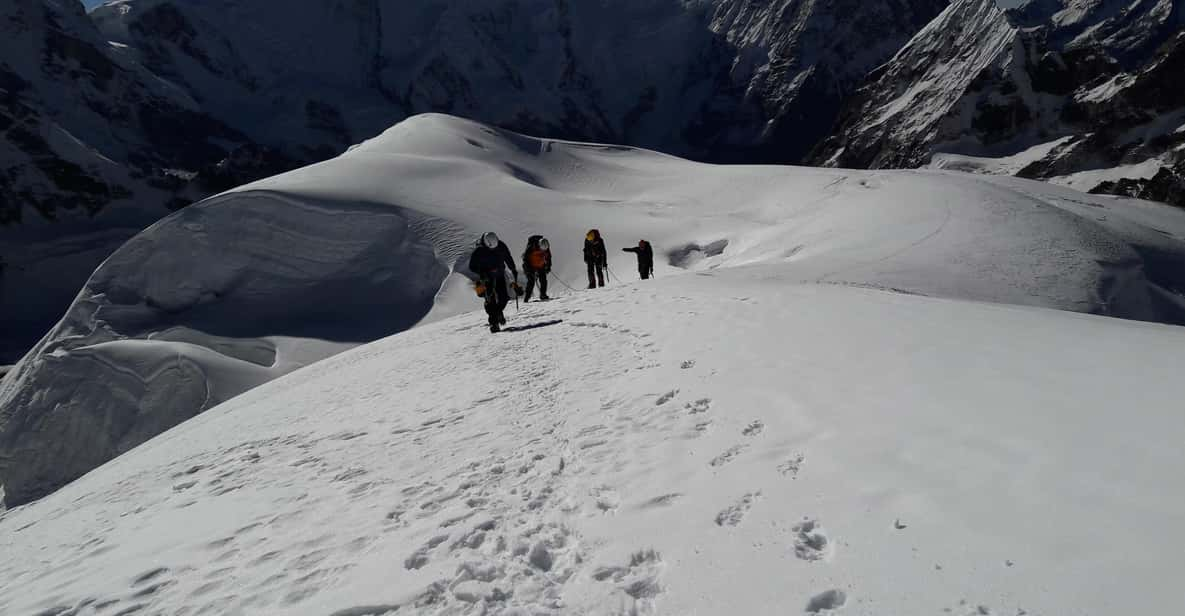
The journey to conquer Yala Peak unfolds over an 11-day itinerary, meticulously designed to balance trekking, acclimatization, and the thrill of reaching the summit.
Starting with a drive from Kathmandu to Syabrubesi, adventurers trek through lush landscapes to Lama Hotel, Langtang Village, and Kyanjin Gompa, where they spend a day acclimatizing.
The group then treks to Yala Base Camp, preparing for the summit attempt. On the seventh day, climbers aim for the peak at 5,500 meters before returning to Kyanjin Gompa.
The adventure concludes with a return trek back to Kathmandu, retracing steps through picturesque valleys and charming villages.
This well-planned itinerary ensures a fulfilling and safe climbing experience for all participants.
Climbing Experience
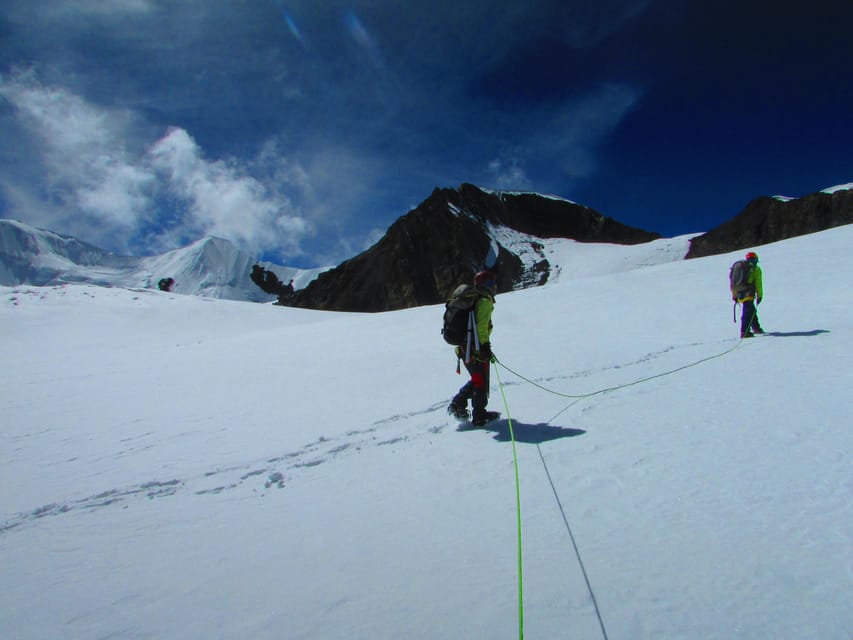
Climbers embarking on this adventure will find themselves immersed in breathtaking landscapes and the exhilarating challenge of ascending Yala Peak. The journey offers stunning views of the Himalayas and the majestic Langtang Valley, making every step worthwhile.
As they navigate diverse terrains within Langtang National Park, they’ll encounter unique wildlife, including elusive snow leopards and charming red pandas.
Guided by experienced professionals, climbers will learn essential technical skills, ensuring they feel confident on the ascent. Each day unfolds with new challenges, fostering camaraderie among the group.
The trek to Yala Base Camp prepares climbers for the final summit attempt, where the thrill of reaching 5,732 meters becomes a reality. This experience promises unforgettable memories and a profound connection to nature.
Acclimatization Process
Acclimatization plays a crucial role in enhancing the safety and enjoyment of the climbing experience, allowing participants to adapt to the high-altitude conditions of the trek.
During the journey to Yala Peak, climbers spend an acclimatization day at Kyanjin Gompa, where they hike to Tsergo RI. This practice helps their bodies adjust to thinner air, reducing the risk of altitude sickness.
As they gradually ascend, climbers learn to recognize their limits and listen to their bodies. Staying hydrated and maintaining a steady pace are vital during this process.
The experienced guides ensure everyone understands the importance of acclimatization, fostering a supportive environment where climbers can thrive as they prepare for the exhilarating summit attempt ahead.
Inclusions for Climbers
Many essential inclusions are provided to ensure a smooth and enjoyable climbing experience for participants tackling Yala Peak.
Travelers benefit from airport transfers and ground transportation, making logistics hassle-free. Throughout the trek, climbers stay in comfortable tea houses or lodges, with all meals provided, including breakfast, lunch, dinner, and hot drinks.
Plus, the package covers vital national park and trekking permits, ensuring all regulations are met. Experienced trekking and climbing guides accompany participants, offering invaluable knowledge and support.
Safety is a priority, with comprehensive first aid kits available. To top it off, climbers can enjoy a warm welcome dinner, while taxes and surcharges are included, allowing everyone to focus on the adventure ahead.
Exclusions to Consider
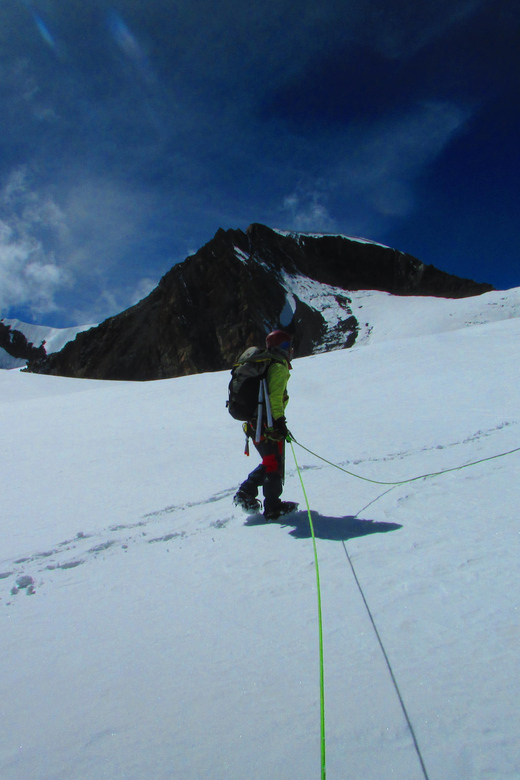
Travelers should be aware of several important exclusions that may impact their overall experience while climbing Yala Peak.
First, international airfare isn’t included, meaning climbers should budget for flights to Kathmandu. Plus, accommodation in Kathmandu prior to the trek isn’t covered. Personal expenses, like snacks or souvenirs, are also out of pocket.
Travel insurance is crucial for high-altitude trekking and isn’t provided, so it’s wise to secure a policy.
Personal trekking and climbing equipment will need to be arranged independently, as well as optional porter services, which cost about USD 220 for one porter.
Lastly, tipping for guides and support staff is expected, adding to the overall expenses climbers should consider.
Essential Information
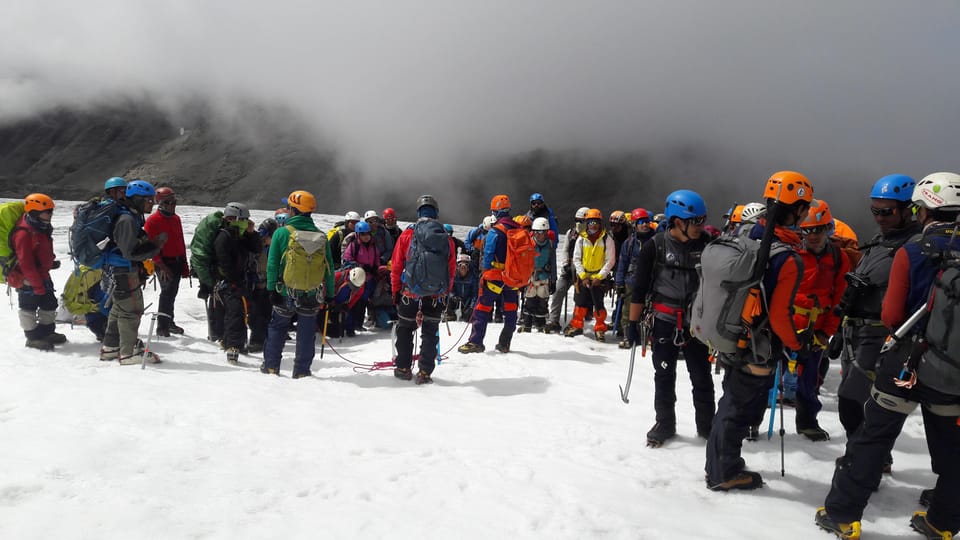
Climbing Yala Peak requires participants to be prepared with essential gear and knowledge for a safe and enjoyable experience in the high-altitude environment.
Understanding the physical demands is crucial, as the trek involves significant altitude gain, necessitating moderate fitness. Climbers should also be aware of potential weather changes that could impact their plans.
Acclimatization days are built into the itinerary, allowing the body to adjust and minimize altitude sickness risks.
Participants should note that the climb isn’t suitable for children under 12, pregnant women, or those with serious health issues.
Knowledge of basic climbing techniques can enhance the experience, as experienced guides are available to assist and educate throughout the journey.
Recommended Gear and Tips
For a successful ascent of Yala Peak, having the right gear and following some practical tips can make all the difference in ensuring a safe and enjoyable experience. Climbers should prioritize these essential items:
-
Climbing Gear: Include a sturdy harness, climbing helmet, and crampons for traction on icy surfaces.
-
Warm Clothing: Layering is key—pack thermal base layers, a waterproof jacket, and insulated gloves to combat the cold.
-
Hydration and Nutrition: Carry a reliable water bottle and high-energy snacks to maintain energy levels during the trek.
Plus, acclimatization is crucial; take time to adjust to higher altitudes.
Regularly check weather conditions and stay connected with experienced guides for a smooth journey.
Frequently Asked Questions
What Is the Best Time of Year to Climb Yala Peak?
The best time to climb Yala Peak is during spring (March to May) and autumn (September to November). These seasons offer stable weather, clear skies, and mild temperatures, making the experience enjoyable and safer for climbers.
How Physically Fit Do I Need to Be for This Trek?
For the trek, one should maintain moderate physical fitness. Regular hiking, cardio exercises, and strength training help prepare. It’s essential to acclimatize properly and listen to guides for a safe, enjoyable experience at high altitudes.
Are There Any Age Restrictions for Climbers?
There are age restrictions for climbers. Participants must be at least 12 years old, ensuring a safer experience. This requirement helps maintain a manageable group dynamic while promoting physical and mental resilience during the trek.
Can I Hire a Porter During the Trek?
Yes, he can hire a porter during the trek. It’s a convenient option, allowing him to focus on enjoying the beautiful scenery while ensuring his gear is carried by an experienced local.
What Kind of Food Is Provided During the Climb?
During the climb, participants enjoy a variety of meals, including breakfast, lunch, and dinner, featuring local dishes and warm beverages. They appreciate the nourishing food that keeps them energized throughout their trekking adventure.
Not for you? Here's more of our most recent tour reviews happening neaby
- Family Langtang Valley Horseback Riding Trek
- Tserko Ri: A Hikers Ultimate Challenge in Langtang Region
- 7 Days Langtang Valley Trek
- Langtang Valley Trek – 08 Days
- Langtang Valley Trek – 10 Days Trip
- 11 Day Langtang Gosainkunda Trek From Kathmandu
- Kathmandu: 7 Day Langtang Valley Trek
- From Kathmandu: 5 Night 6 Day Langtang Valley Trek
Recap
To sum it up, climbing Yala Peak offers an unforgettable adventure for all skill levels.
The well-planned itinerary, coupled with expert guidance and ample acclimatization, ensures a safe and enjoyable experience.
As climbers navigate the stunning landscapes of Langtang National Park, they’ll forge lasting friendships and gain valuable skills along the way.
Whether seeking personal challenge or the thrill of the Himalayas, Yala Peak promises memories that will last a lifetime, inviting everyone to embrace the journey ahead.
